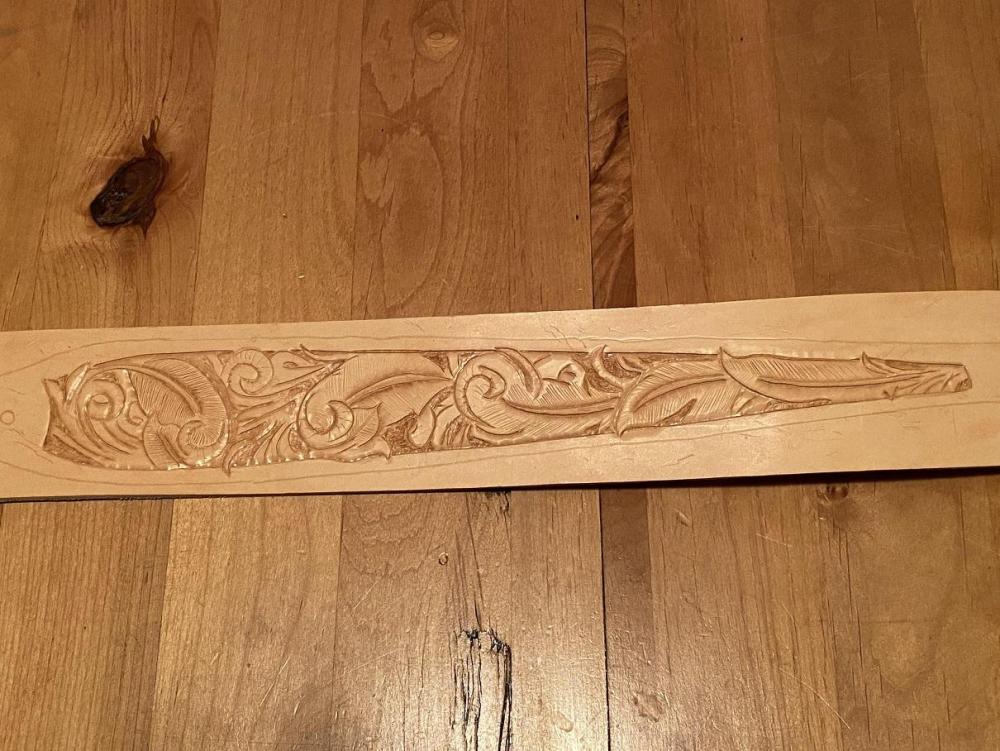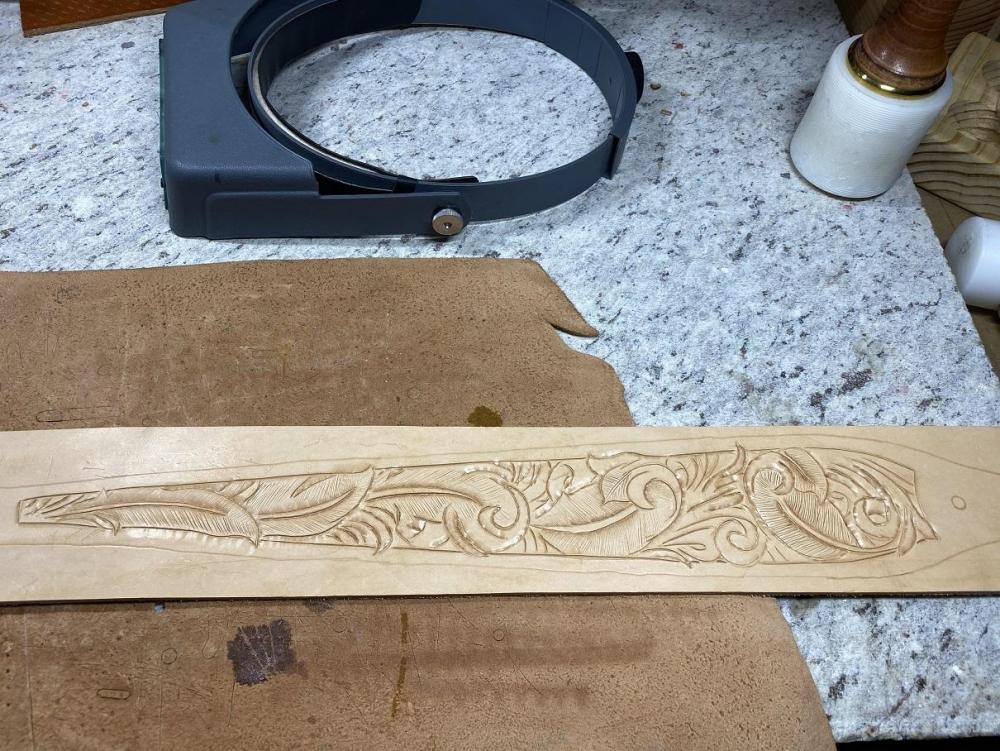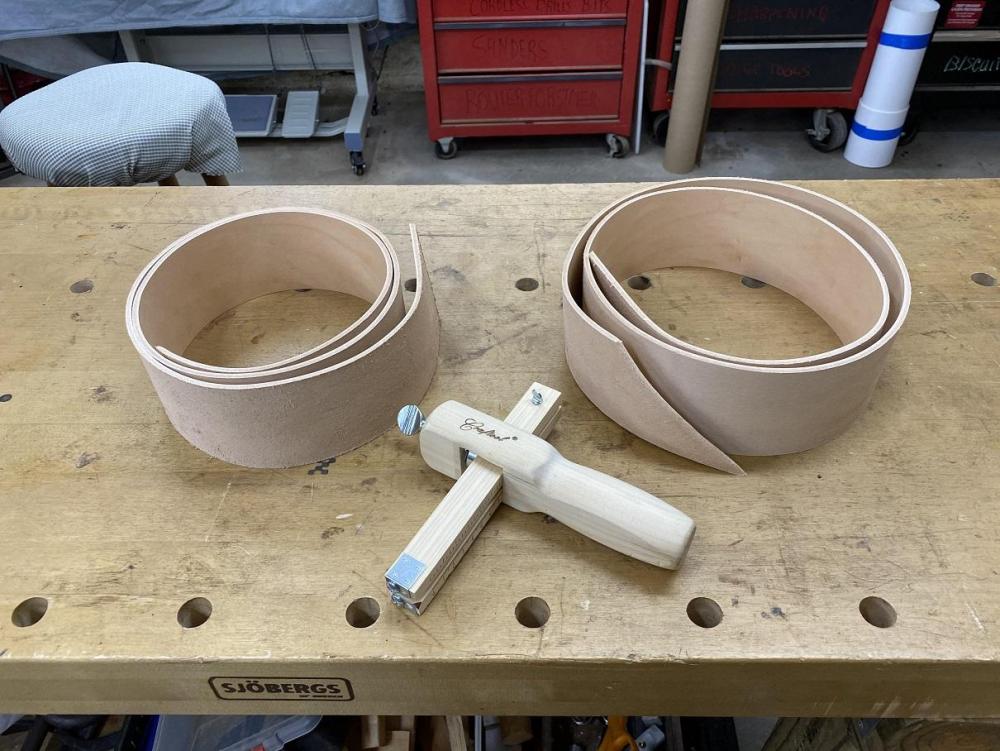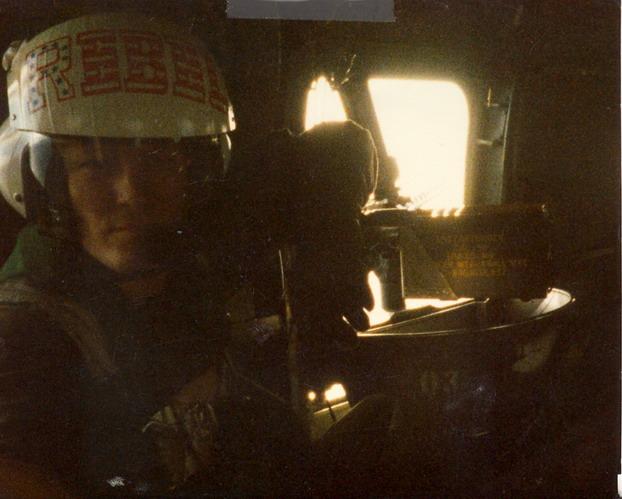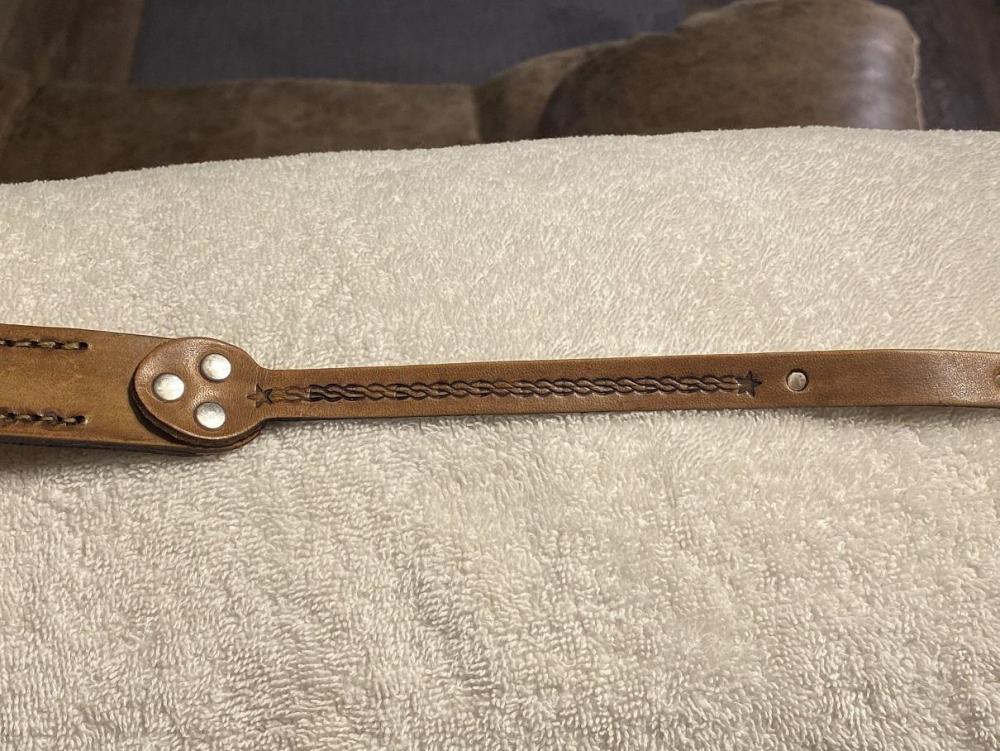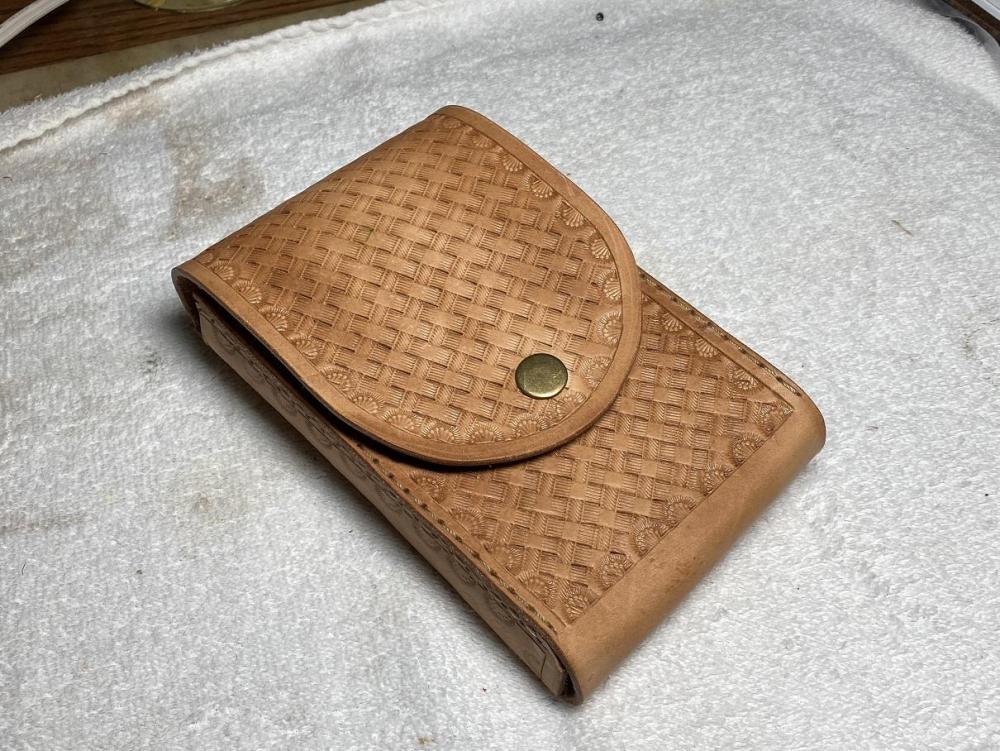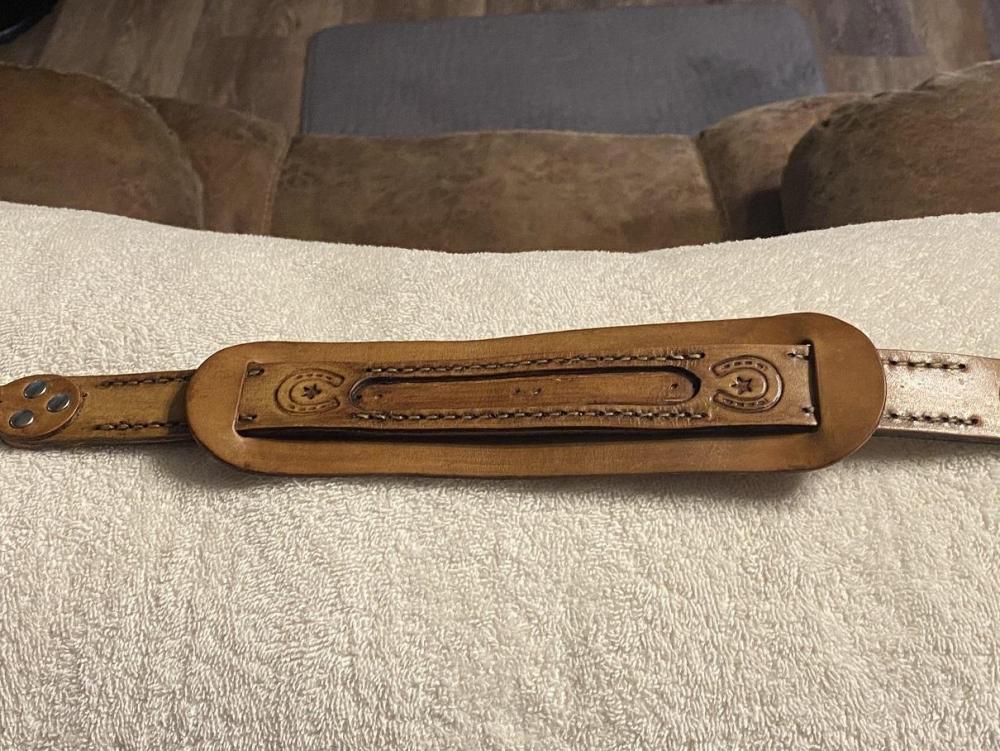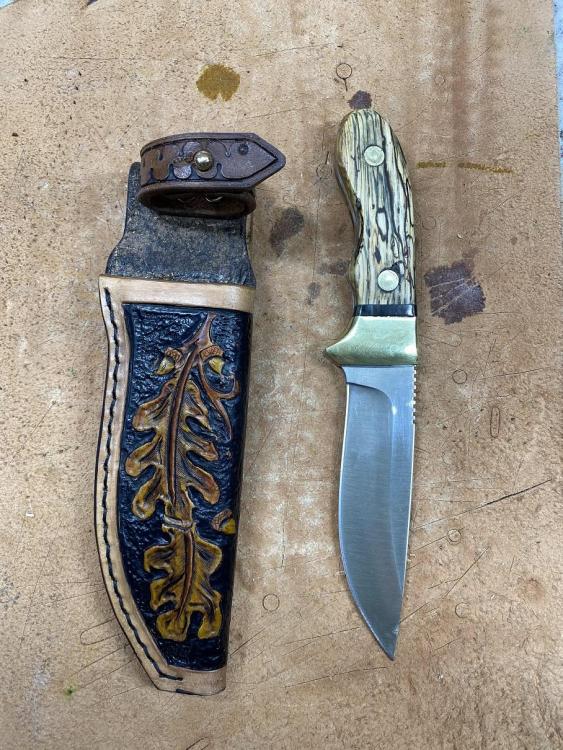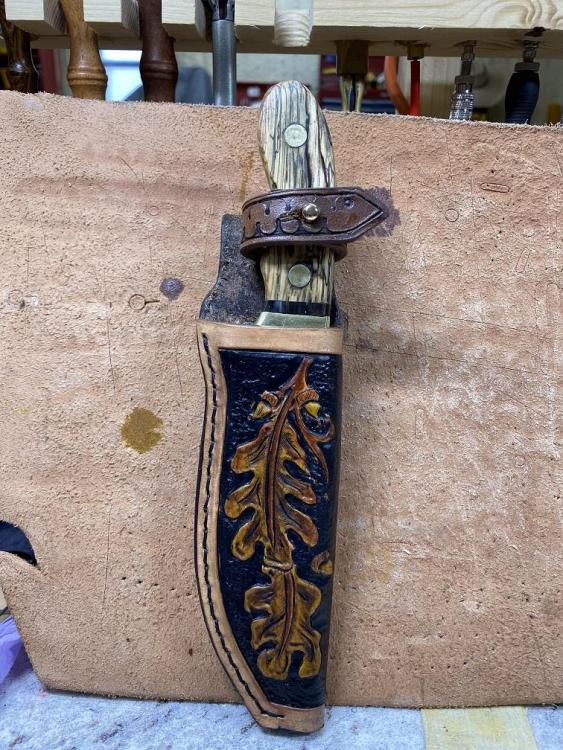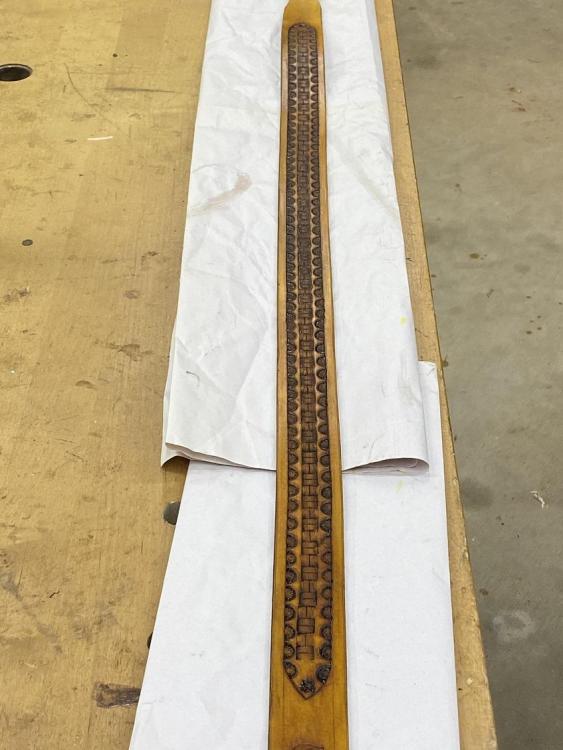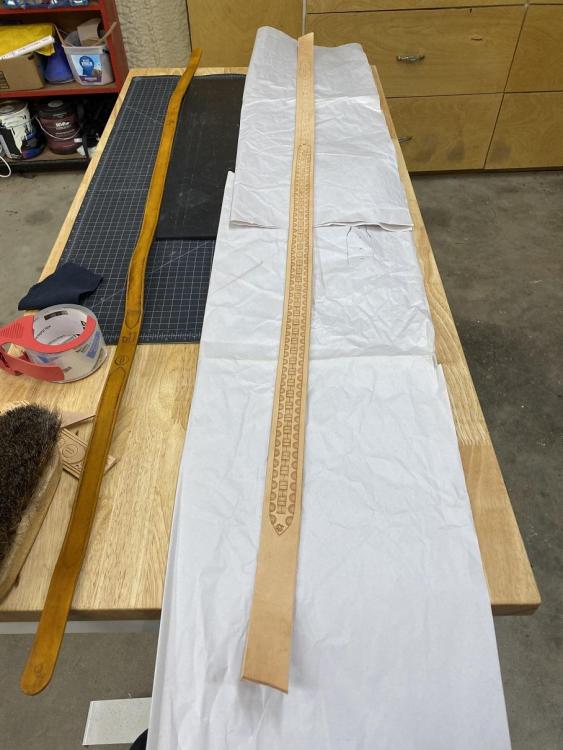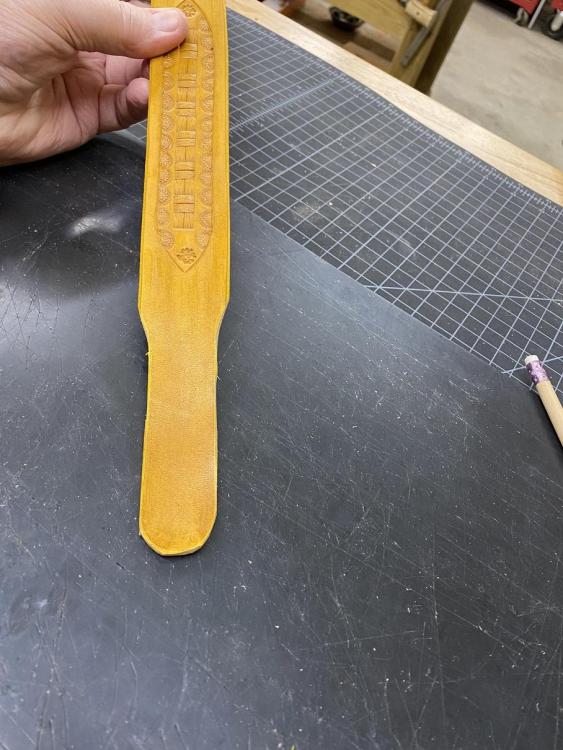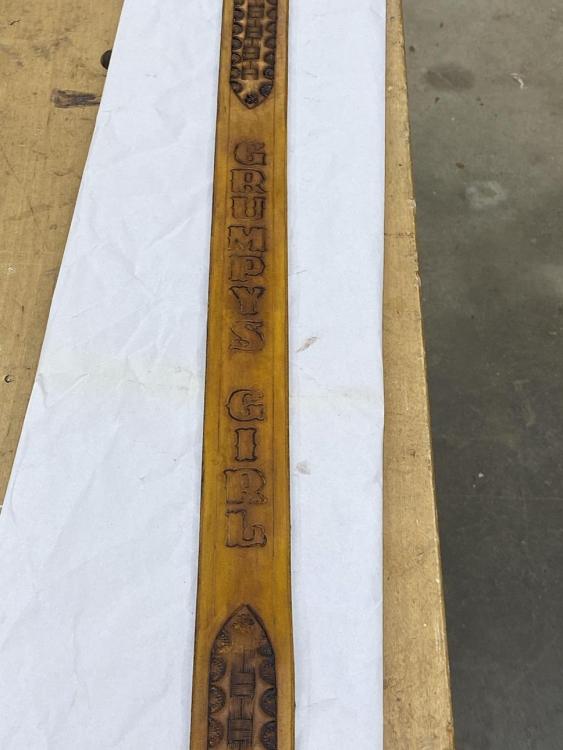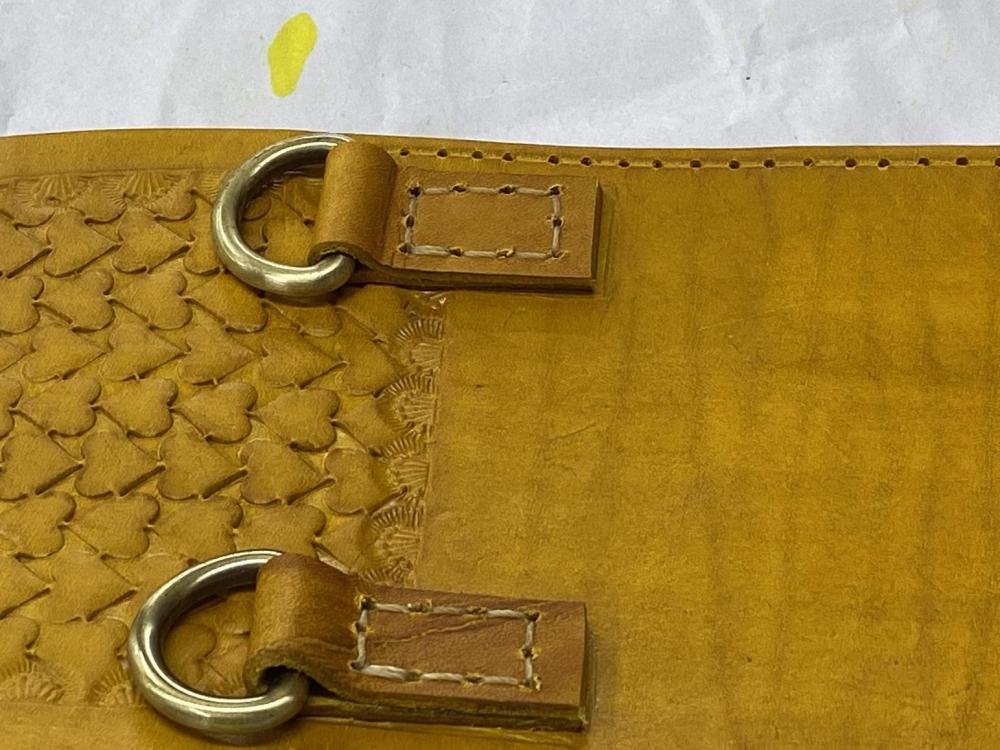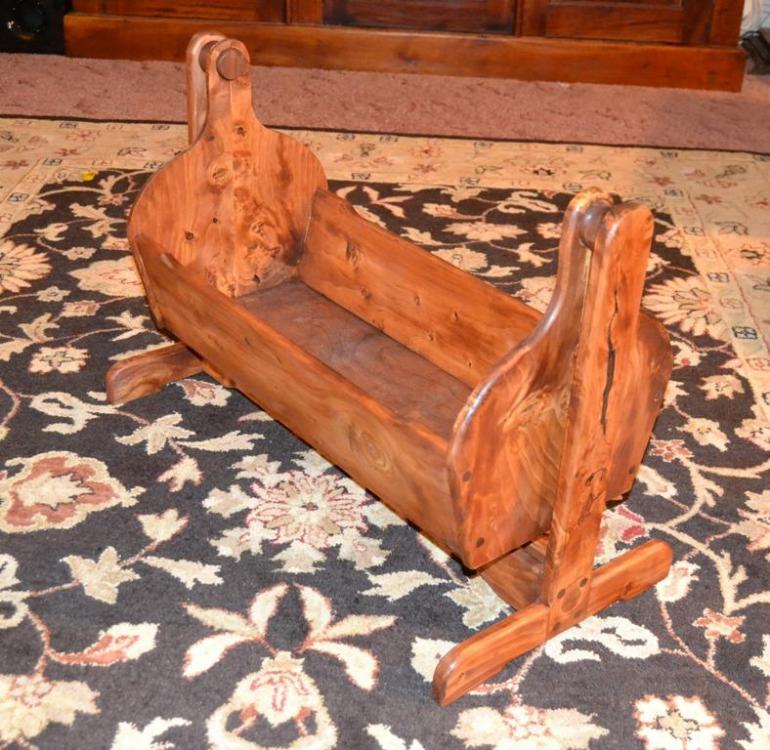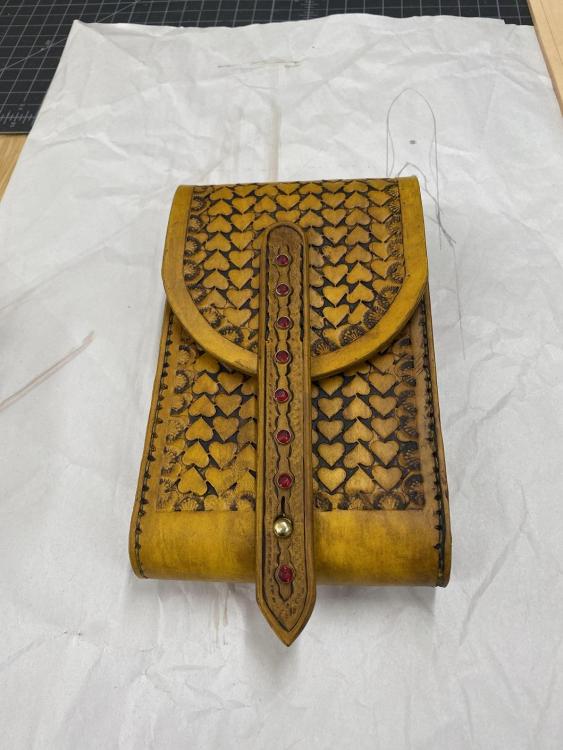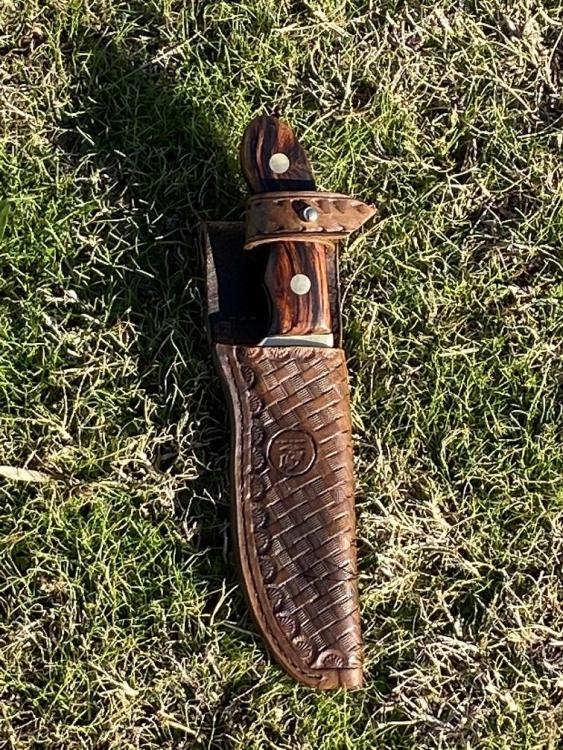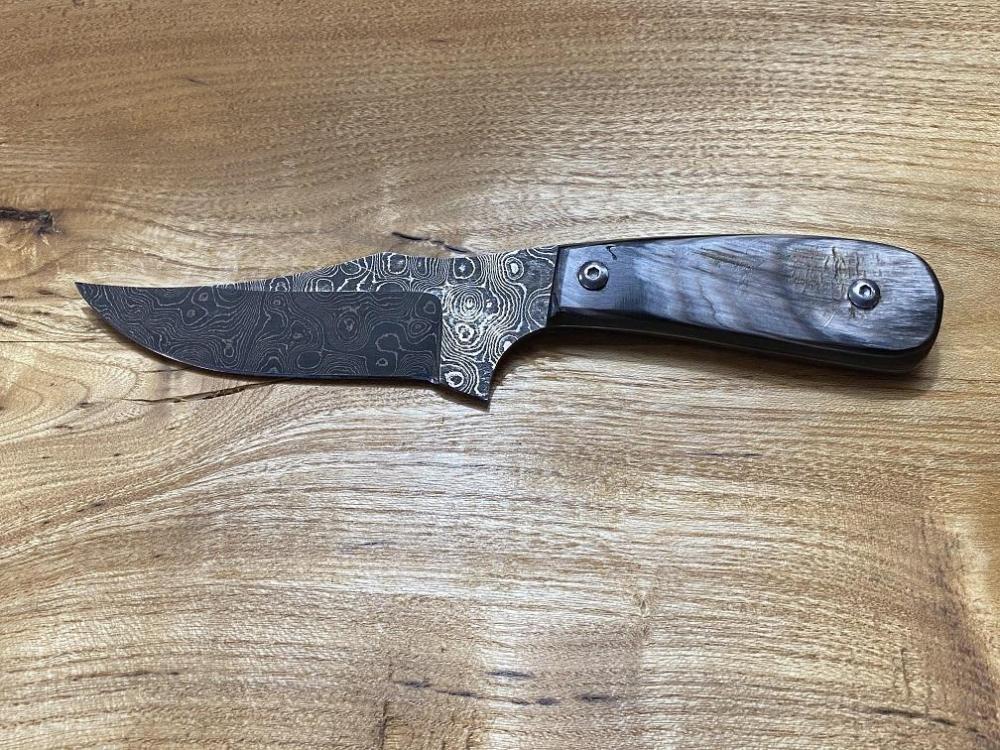-
Posts
573 -
Joined
-
Last visited
Content Type
Profiles
Forums
Events
Blogs
Gallery
Everything posted by Brokenolmarine
-

Made one for myself
Brokenolmarine replied to DustinSmith's topic in Purses, Wallets, Belts and Miscellaneous Pocket Items
very nice... I love the detail. -
A little work today, in spite of the nagging headache I woke up with. I worked on the backgrounding and more details, also sharpened some of the edges Then I recalled why you don't spend an hour working under the lights and wearing an opti-visor. It turns that nagging headache into a raging migraine. Well, Duh.
-
Next on the list was the beveling and carving to bring out the 3D nature of the pattern. I worked for about an hour, then had to stop. I am limited to the time I can work by certain challenges. Mainly the arthritis in my hands. Meh, I have nothing but time. Miss Tina was asked if she wanted natural or mixed dyes to bring out the pattern. She prefers the natural look, so I will put a lot more work into the tooling. I'm still learning, so wish me luck. I am thinking of a basket weave or quilted pattern for MY sling.
-
Inspired by post several weeks ago, I ordered the patterns the poster recommended, and set them aside to complete the bucket list of stuff I had to make for Christmas for everyone else. I finally got the chance to start on the slings I have been waiting to knock out. Since this is my first, I am being overly cautious. I, of course, used the strap cutter to cut TWO pieces of leather the proper length and width for the two thumbhole slings, and then marked one from the template I had transferred. After the thumbhole sling pattern, I added the pattern for tooling and carving the enhancements to the sling. I won't cut out the final shape of the sling until the lining is glued in and the stitching is done. You know, ALMOST finished. LOL.
-

Piece for a denim jacket
Brokenolmarine replied to DustinSmith's topic in Clothing, Jackets, Vests and Chaps
Turned out really nice. I know a number of folks who would love to have something like that on the back of their jackets... ... Really great work. -
If it's a stamp, I'd like the find the stamp for Naval AC wings....
-
-
She added barbed wire accents to the end strap pieces.... After the entire project was done, she told me that the next time she was in OKC, she was stopping by Tandy and buying another kit and stopping off and spending the night on her way home so we could do another project together. "This was so much fun." I think the project turned out fantastic for her first effort... she was so proud. She is a great artist, making jewelry, spinning her own yarn, making clothes, painting, crochet, knitting.... now she is hooked on leatherwork.
-
The middle daughter and family visited for the long New Year's weekend and she had picked up a pair of Camera Strap kits from Tandy. She wanted me to help her modify the two kits to make a special gift for her BFF, a semi-pro photographer. She had ideas and wanted to make it happen. This is the daughter I made the epi-pen pouch for. Her idea for the camera strap was to cut a "view" window into one strap and sew it to the other strap, then sew beads to the bottom strap to sew a horse hair braid from the BFF's horse's tail to. OK, good concept, but: - We needed to cut out the window and Cement the two pieces together. - Then stitch them together for additional strength and cosmetics. - The beads? One on each end, one in the middle, and run the braid thru the middle bead, and into each end bead and sew the ends in place. Little strain on the braid and low profile. I advised her on the build, showed her various techniques but had her perform them. The tooling choices were hers, as were the dyes. The beads she had to pick up on the way out of town and she has to pull and braid the horse hair now that she has the size to braid it to. She was thrilled with the outcome.
-

Knife for Myself
Brokenolmarine replied to Brokenolmarine's topic in Gun Holsters, Rifle Slings and Knife Sheathes
Yup, for thirty years. The boss, love of my life, best friend, adviser... harshest critic. Well, anyone who has been married a long time can add to the list. Also a gifted Quilter, crochet fiend, seamstress... EMT, fly tier, Caster, fisherwoman... Not much she can't do. -

Knife for Myself
Brokenolmarine replied to Brokenolmarine's topic in Gun Holsters, Rifle Slings and Knife Sheathes
The blade blank, rough bolster, and original bone came from Jantz Knife Supply in Davis, OK knifemaking.com Great People, friendly and helpful. I have the wood for scales, lots of it, so I don't have to buy that. I'm a woodworker at heart. -
After making knives for everyone else for Christmas, I decided to make one for myself. Not that I needed one, but I wanted to try a couple things, and apply some of the lessons learned. First, I wanted to improve the polishing I had done on the past Bolsters, and had been researching techniques. I used three levels of rouge after working up to 800 grit sandpaper. The brass turned out pretty well. I also wanted to try a bone accent between the brass and the wood scales. Using leftover bone from a previous build, I did just that. A lot of hand fitting, but it turned out okay. NOT perfect, but okay. Then, I wanted to choose the perfect scales for MY knife. I thought Walnut. Nope, not enough Figure. Curly Cherry. Nope, the grain wasn't "Deep" enough. Then it hit me. A few years ago, I had cut down the silver maple we had planted at the old farmhouse in VA the first year we moved in. Twenty Five years later, Woodpeckers and Bugs had killed it. When I cut it up to burn, I discovered the bugs had spalted it. So, it got run thru my bandsaw mill and stacked to dry. I have made presentation and keepsake boxes, and knives. So... this knife would have scales that would have a sentimental connection. We moved from VA to OK two and a half years ago, selling one farm and buying another. I took my time, getting each step as close to RIGHT as I could before moving to the next. I was pleased with the knife when I judged it done. Of COURSE I noted areas where I could improve on the next one. Don't we all? Then on to the sheath. Normally I basket weave or tool them. I am never happy with my carving. This time, I decided to do Oak Leaves and Acorns for the practice. If it didn't turn out, I'd start over. Miss Tina liked it, so I kept going. I was happy with the stitch lines, and I tooled the back with a quilted pattern just to practice. I painted the background on the front of make the carving pop. I'm good. Not perfect, but the boss likes it and her opinion matters. The knife fits, and won't fall out. I doubt it will get worn much. I don't work around the farm, that's Tina's job. Her livestock. The only thing left here is about three coats of wax on the scales and the sheath. I'm happy. Next up? Thumb hole sling for both our rifles, or a full gunbelt for the Uberti .357 Single action. Belt, Holster, and Sheath. Haven't decided yet.
-
Outstanding. It's a representation of the relationship you have with the students that you come in to find Bender waiting.
-

Colt Python
Brokenolmarine replied to HandyDave's topic in Gun Holsters, Rifle Slings and Knife Sheathes
A2, My son did four years in the Coast Guard, served on a Cutter out of Little Creek, The Albocore. It has since been decommissioned and sold to a foreign power. (Forgive me, anesthesia from 29 surgeries... My memory isn't what it once was... ). He was on terminal leave and headed for a job in Texas to work River Patrol for Homeland Security when he and his family were T-boned by a drunk in a dually pickup doing 70+ mph that ran a red light. My son was waiting to make a left turn. The first deputy on scene called him in as a fatality. They airlifted him when he gasped for breath. He was in a coma for several weeks. Took years for him to recover. I hated troubleshooting that kind of problem, the worst was troubleshooting, identifying the issue as a bad component. The new one comes in, you install it, and... No Joy. Retroubleshoot... Same answer. Bad part from supply. -
In working the pattern, I made sure to rotate the Basketweave stamp between each strike. To help insure this was done, I had marked the shaft of the stamp on four sides with the reference for the location of the orientation of the center accent line. horizontal or vertical. Forget to rotate ninety degrees and you throw off the entire effect. Don't ask me how I know this. In addition, I set up that woodworking square for the offset reference from the side of the strap. This insured that the spacing was as accurate as I could get it. I checked, and rechecked placement before EACH strike. I then was CAREFUL before the border stamps, so I didn't ruin the line of the edges. I think it paid off. Miss T pronounced the strap "Beautiful." She is not free with compliments. We have been married 30 years, she doesn't have to be. Still have to burnish the edges and apply several coats of finish after the antique dries. No rush. After I finish the strap, I have to start on Miss T's Christmas Presents. Two Knives, Two Sheaths, and a presentation box. That will be a labor of love.
-
Have been working on the new shoulder strap. Played with the tooling design and settled on the layout. I am using a squared basketweave stamp down the center in a single pass, and the same border as on the pouch. I put some wording on the strap instead of her name. "ALL" the grandkids call me the same thing. "Grumpy." Once we ordered the snap links for the end of the strap I knew the width and I could finish the ends... so I was able to dye, resist and antique the strap as well. The snap links should be here by the 13th and I can sew them into the loops at the ends. I am happy so far. The new strap on the right, old on the left: The end stepped down to one inch for the snap link: Before antiquing, I rubbed the entire strap down with mink oil to restore flexibility. It had hardened up from the dying overnight. Front, back and sides were all liberally coated and the mink oil rubbed/massaged into the leather. Then I buffed with a soft cloth. Then... and only then, antiqued. Antiquing the strap, note the lettering. In lettering the strap I used a light center pencil line, and a small woodworking square to insure the placement of EACH letter before striking the stamp. Slow and sure.
-
I will work up the pics tomorrow in the shop and post the how to HERE. https://m.youtube.com/watch?v=1eZFBwyHlHQ A couple key points. For a layout reference, you'll need very light vertical pencil lines 3/8" apart. Once you start the subsequent rows, you'll have THREE points of reference to align the stamp: The two diagonal corners on the stamp on the line... A third corner touching the adjacent stamp forming the heart. It's simple, if you are careful and take your time. Practice on scrap and you'll catch on quickly... Trying to freehand without the reference lines, is a trip thru frustration. Ask me how I know.
-
If anyone is interested in the technique let me know, I'll post it.
-
Since the project required a LOT of box stitching, I stitched the D-rings into place, and the strap by hand as well. Slow and sure to make sure the project lasts. My granddaughter always appreciates what Grumpy makes for her. Years ago, she asked that I make a cradle for her dolls. I made each of the Grandchildren a pendulum cradle when they were born, but since they were 1200 miles away, her mom told me not to bother for her. When she saw the cradle her cousin had, that's when she asked if Grumpy would make her's for her doll. Her mother called and asked if I could possibly make her one for Christmas that year. I had been saving a beautiful knotty pine board for years... and I put it to good use. I down sized the pattern to fit the doll. Miss Tina made the mattress, pads, sheets, and quilt for the mini-cradle and I paid the UPS store to pack and ship the whole shebang to OK from VA. JO would point to the cradle and tell everyone "My Grumpy made that for me." She was quick to remind her little friends: "You look with your EYES, NOT your hands." She still has the cradle ten years later in pristine condition, still displays an American Girl doll in the cradle, swapping the doll as the mood hits her. I wanted the pouch to last as long as possible. Nice to have someone appreciate your work, isn't it?
-
My daughter called and said that the Granddaughter wanted a pouch just like her hand tooled pouch I made her to carry her epi-pen's in. Jo has been stealing it to carry her phone and cash in when my daughter is using the red leather pouch. The daughter said that I could use my imagination to create the design for the tooling and I spent a week or so playing with scrap leather, trying to come up with something... rejecting most of the ideas, then I saw a video using the serpentine stamp to make hearts. The granddaughter is 16. Hearts it is. Slowly and surely I worked thru the process and knocked it out. It's done except for waxing.... Yup, I put the bling on the security strap. SHE's a 16 year old girl. I chose ruby red to go with the heart pattern. I had tooled the 60" across the chest strap, and while rubbing in the mink oil, I kept feeling a hard spot. I twisted the strap like a corkscrew, and found that there was a defect in the leather. I had bought a side, and I pulled it back down and saw that there was a discoloration on the underside of the skin about 8" long, barely noticable. When you flexed the side, you could feel a hardness, a scar of some sort. I cut that 8" out and recut the strap. I am remaking the 60" strap. Since I am remaking the strap I am rethinking the tooling. A little more intricate, but not carved. Not that good at that yet.
-
I bought two goose neck led floor lamps from Hobby Lobby, that are two stage: bright enough and super bright for detail work. I started with just one coming in from my left. I quickly found that invariably at the most critical juncture, the work was in shadow. On her next trip for quilting material, Miss Tina picked up a second light to come in from my right. HOLD the power on button, the light ramps up to OMG bright, hold it again, drops back to bright. Good lighting is a blessing for old eyes. Floor lamps don't bounce around when you are pounding on the bench at 120 beats per minute beveling a border.
-

Carved Holster
Brokenolmarine replied to Bawarrior's topic in Gun Holsters, Rifle Slings and Knife Sheathes
I really like the carving. I have been practicing, but your leaves come to life. Mine still look flat and dead, though I am getting better. I'm watching a lot of videos, and working on the edging and lifting... -

Scabbard
Brokenolmarine replied to thawk8541's topic in Gun Holsters, Rifle Slings and Knife Sheathes
Nice work on a large job. -
I finally finished the sheath for the Shawnee with the cocobolo scales as well. It took four tries to get it right. I didn't risk the Cowboy 3200, did the stitching by hand. I am still learning the 3200, don't have enough time on the machine to chance it. I did okay on the first, but the dark brown dye turned black on the second coat and looked awful. I thought the second looked good but my friend wanted the maker's mark on the front of the sheath so people would ask about it... and he could explain where the knife and the sheath came from. Since I have a duplicate blank to make for Miss Tina, I told him no problem, and asked if he liked the Basket Weave I used or wanted a different pattern. He chose a smaller basic pattern. We discussed a few other mods and I got started. I blew the third when I lost focus and the Basket weave pattern fell apart. As most of you know, that's not hard to do. Number four was a charm. I took my time and laid out the pattern around the maker's mark. Worked slowly on the tooling and hand stitched everything. She is done, and all that remains is waxing the sheath after the mink oil dries.
-



